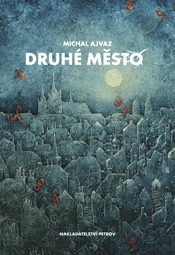I have been looking for a present for my cousin's 25th wedding anniversary. It had to be small enough and tough enough to survive going in hand luggage. And this is what I found. It combines a ceramic base with a hand-woven wire rim attached by holes drilled in the rim of the base. Isn't it beautiful!
The dish is a good example of a domestic handicraft, which traditionally was hawked around the villages by Slovak tinkers. Legend has it that after the tinkers had presented the Empress Marie Theresa with a cradle made of wire so brilliantly that it would rock forever with one push, the grateful empress granted the tinkers the right to travel all over the Austro-Hungarian Empire. Much of their trade would have been in repairing pots or wrapping them in wire nets to stop breakages. Mousetraps, birdcages, whisks, coat hooks, strainers, and other household goods were also offered. All the craftsmen needed in their packs were rolls of soft flexible wire, a hammer, pincers, and a stitching awl. The wire was bent cold and so no bellows or anvil were needed.
The days of the itinerant tinkers are over. But in Slovakia and the Czech Republic some craftsmen are keeping the tinkers' craft alive, adapting it to modern markets and I was lucky enough to meet one yesterday at a stall on Ceske Budejovice's main square.















